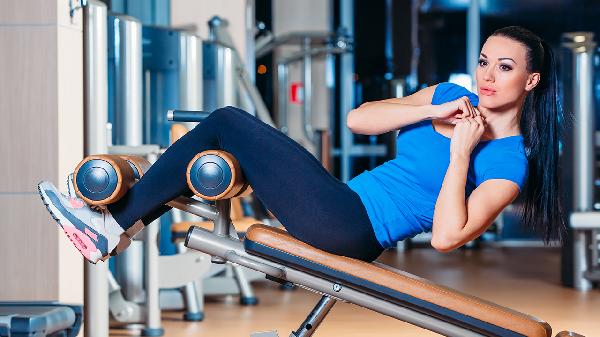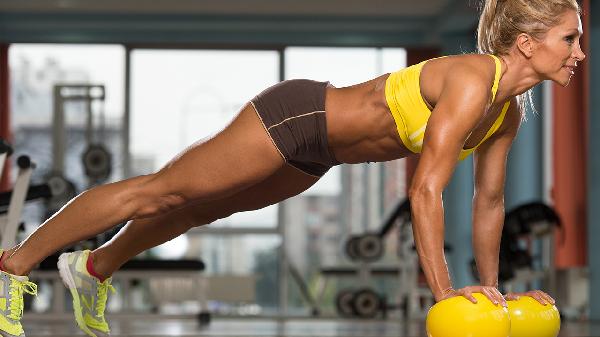If you're looking for a simple yet powerful exercise that targets your glutes, hamstrings, back, and core all at once, the glute bridge is your new best friend. This deceptively easy move packs a serious punch, making it a staple in fitness routines from rehab to high-performance training. The best part? You don’t need a gym membership or fancy equipment—just your body and a little floor space.
Why the Glute Bridge Deserves a Spot in Your Routine
At first glance, the glute bridge might seem too basic to be effective, but don’t let its simplicity fool you. This exercise is a powerhouse for strengthening the posterior chain—the muscles running along the back of your body. Weak glutes can lead to a host of issues, from lower back pain to poor posture and even knee instability. By activating and strengthening these muscles, you’re not just building a better booty; you’re improving overall movement efficiency and reducing injury risk.
Unlike squats or deadlifts, which require more technical skill and load management, the glute bridge is low-impact and beginner-friendly. That means you can focus on proper muscle engagement without worrying about form breakdown under heavy weights. Plus, it’s a great way to "wake up" dormant glutes before heavier lifts, priming them to fire correctly during compound movements.
How to Do a Glute Bridge with Perfect Form
To get the most out of this exercise, technique is key. Here’s the step-by-step breakdown:
1. Lie on your back with knees bent and feet flat on the floor, hip-width apart. Your heels should be close enough that you can graze them with your fingertips when arms are extended.
2. Engage your core by gently drawing your belly button toward your spine—this keeps your ribs from flaring and protects your lower back.
3. Drive through your heels to lift your hips toward the ceiling, squeezing your glutes at the top. Avoid overextending your lower back; the movement should come from your hips, not your spine.
4. Pause for a second at the top, then slowly lower back down with control.
Common mistakes include rushing through reps, letting the knees cave inward, or lifting too high (which shifts tension to the lower back). If you feel this in your hamstrings more than your glutes, try adjusting your foot position—moving them slightly farther away from your body can shift emphasis back to the booty.
Level Up with These Glute Bridge Variations
Once you’ve mastered the basic bridge, try these progressions to keep challenging your muscles:
Single-Leg Glute Bridge: Extend one leg straight out while performing the movement. This version increases demand on your stabilizing muscles and addresses strength imbalances between sides.
Weighted Glute Bridge: Place a dumbbell, kettlebell, or barbell across your hips for added resistance. Start light—even a small load makes a big difference here.
Elevated Glute Bridge: Rest your upper back on a bench or step to increase range of motion. The deeper stretch at the bottom amplifies glute activation.
Band-Resisted Bridge: Loop a resistance band just above your knees to combat hip internal rotation and further engage the glute medius (the side-butt muscle responsible for hip stability).
When to Incorporate Glutes Bridges into Your Workouts
This versatile move works well in multiple contexts:
As part of a warm-up: Do 2-3 sets of 10-15 reps to activate glutes before lower-body training.
In a strength circuit: Pair bridges with squats or deadlifts to reinforce proper hip extension patterns.
For rehabilitation: Physical therapists often prescribe bridges to rebuild strength after injuries involving the hips, knees, or lower back.
As a standalone workout: If you’re short on time, high-rep glute bridges (20-30 per set) can serve as an efficient muscle endurance challenge.
No matter how you use them, consistency is key. Aim for 2-3 glute-focused sessions per week to see noticeable improvements in strength and muscle tone within 4-6 weeks.
So next time you’re tempted to skip "easy" exercises in favor of flashier moves, remember: the humble glute bridge might just be the missing link in your strength and stability game. Whether you’re a beginner or a seasoned athlete, this foundational movement delivers results—no gym required.
























